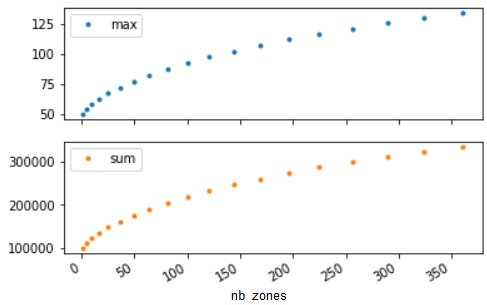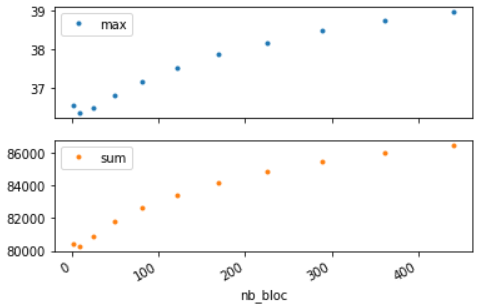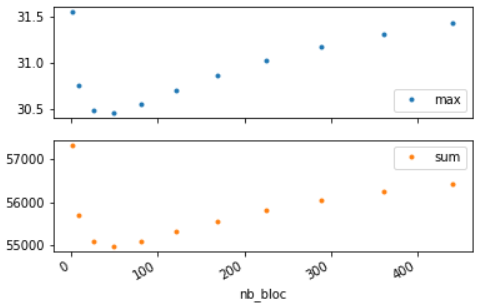Why heatings needs increase when the number of zones increase (for the same total surface) using Kiva model for the ground temperature?
I model a single storey building with a big surface (10 000 m²) heated to 15°C. The building is well insulated on the walls and the roof but not on the floor.
I use Kiva foundations with the following parameters:
Foundation:Kiva,
Slab Details, !- Name
15, !- Initial Indoor Air Temperature
, !- Interior Horizontal Insulation Material Name
, !- Interior Horizontal Insulation Depth
, !- Interior Horizontal Insulation Width
, !- Interior Vertical Insulation Material Name
, !- Interior Vertical Insulation Depth
, !- Exterior Horizontal Insulation Material Name
, !- Exterior Horizontal Insulation Depth
, !- Exterior Horizontal Insulation Width
, !- Exterior Vertical Insulation Material Name
, !- Exterior Vertical Insulation Depth
, !- Wall Height Above Grade
, !- Wall Depth Below Slab
; !- Footing Wall Construction Name
Foundation:Kiva:Settings,
1.8, !- Soil Conductivity
3200, !- Soil Density
836, !- Soil Specific Heat
0.9, !- Ground Solar Absorptivity
0.9, !- Ground Thermal Absorptivity
0.03, !- Ground Surface Roughness
40, !- FarField Width
GroundWater, !- DeepGround Boundary Condition
10; !- DeepGround Depth
SurfaceProperty:ExposedFoundationPerimeter,
PLANCHER +00_+00_+00, !- Surface Name
ExposedPerimeterFraction, !- Exposed Perimeter Calculation Method
, !- Total Exposed Perimeter
1, !- Exposed Perimeter Fraction
; !- Surface Segment 1 Exposed
.... [identical for all zones]Heating needs increase with the number of zones without stabilization.
The following graph shows the maximum power and the total heating energy for this building depending on the number of zones:

First results
The idf has as many BuildingSurface:Detailed for the floor as Zone objects and each surface use the same construction so I used only one Kiva object for the whole building (cf. https://bigladdersoftware.com/epx/doc...).
What makes me think the problem is with Kiva? When the floor is insulated, the heating needs remain unchanged regardless of the number of zones.
I'm using EnergyPlus 9.22.
Thank you for your help.
Updated
After modifying the value of the Exposed Perimeter Fraction parameter for all SurfaceProperty:ExposedFoundationPerimeter objects, using 1 when there is only one zone, 0.5 when the zone is in a corner, 0.25 when the zone is along one face of the building and 0 when the zone is in the middle of the building:

Results after modifying Exposed Perimeter Fraction parameters
There is still an increase up to 7.7%.
To complement these results, the graph below shows the results when the floor is very well insulated (this is the only thing that has been changed):

Results after modifying Exposed Perimeter Fraction parameters with good insulation for the floor
This time there is an increase up to 2.6%.








If you're subdividing a big floor slab into multiple smaller surfaces, not all of those surfaces will have exposed perimeter (as some will be 'interior', some will just have one exposed edge, etc). But your SurfaceProperty inputs ("identical for all zones") are saying that each surface has all perimeter exposed. More exposed perimeter -> more heat loss.
Seems to be related to this post, also made by @cecile.cr
Thank you for the aswers! I will try. @Aaron Boranian, yes it is related to my comment.